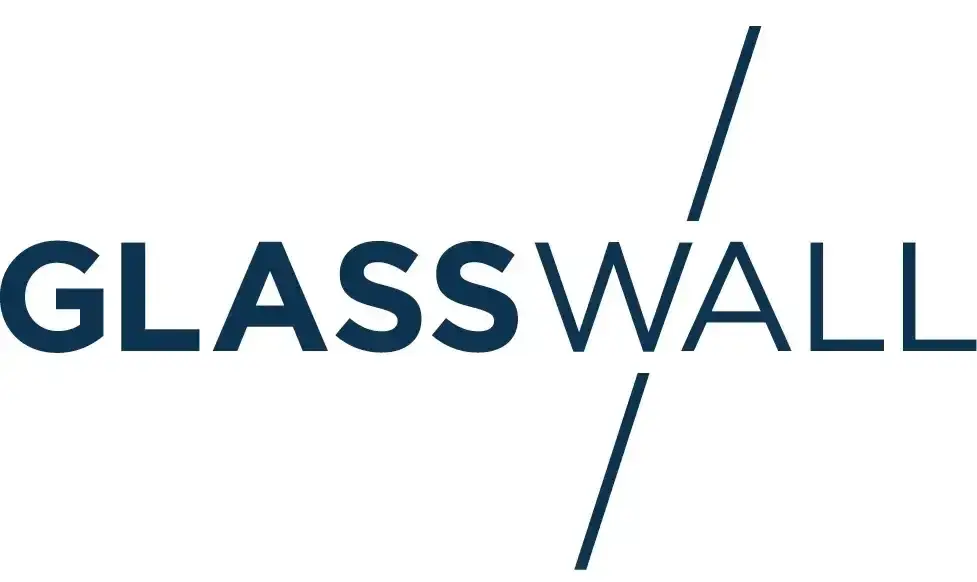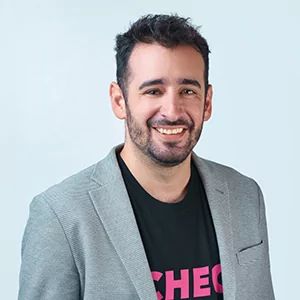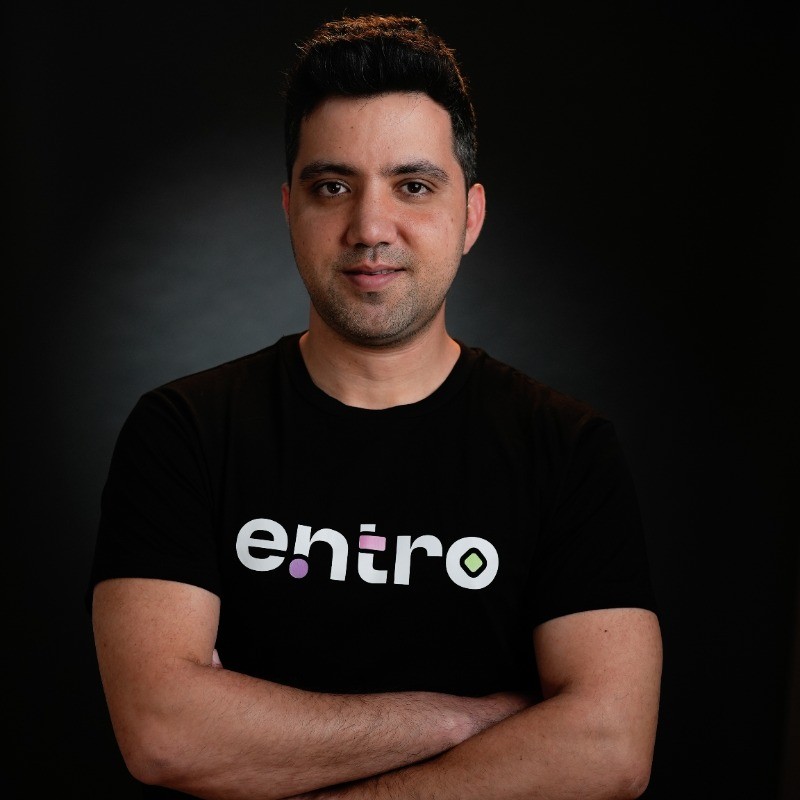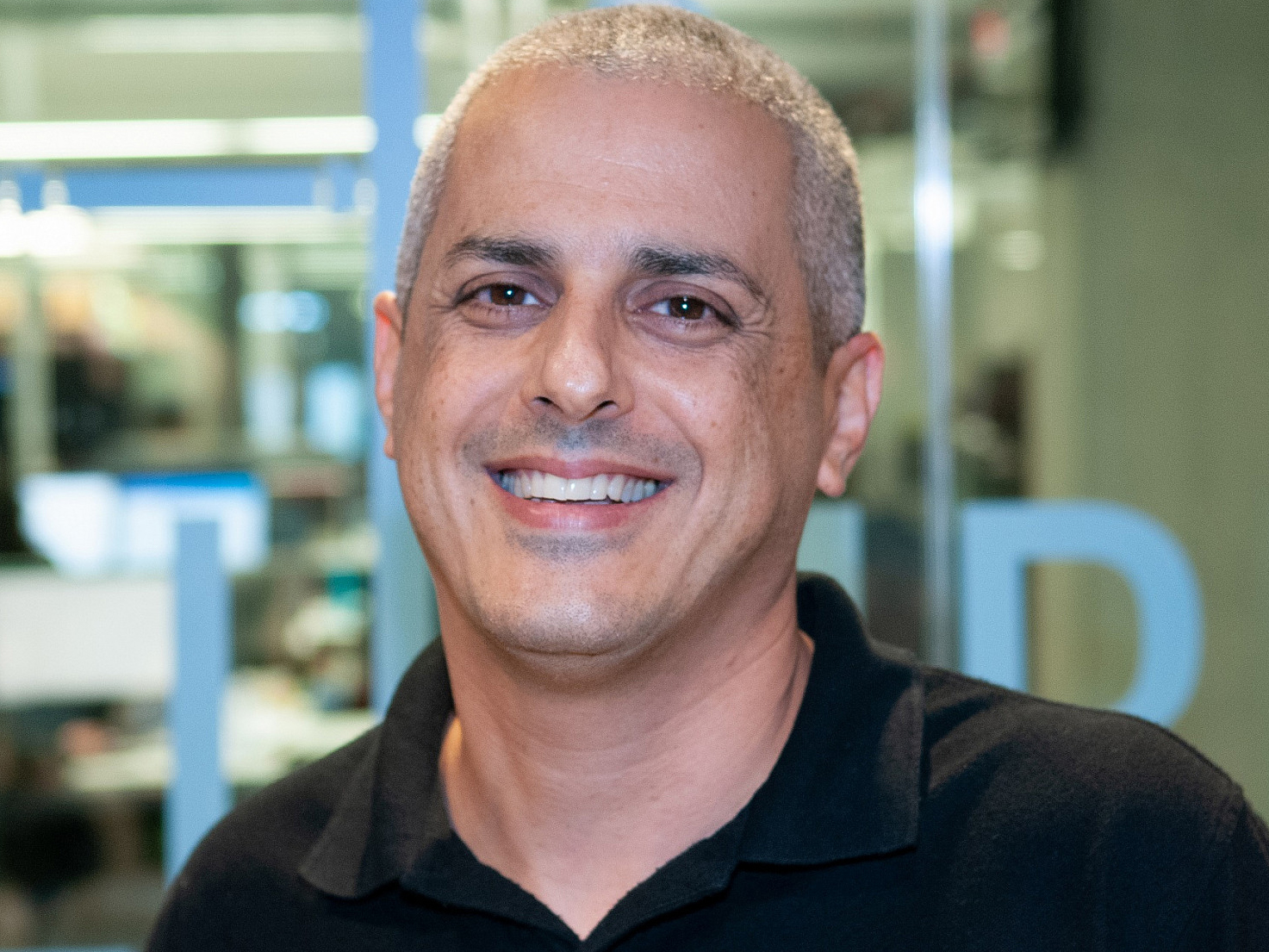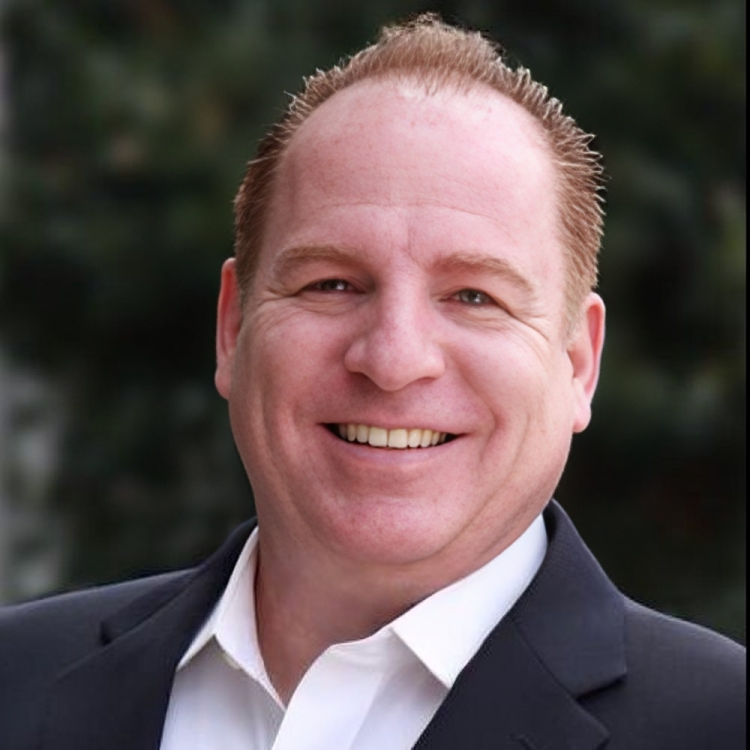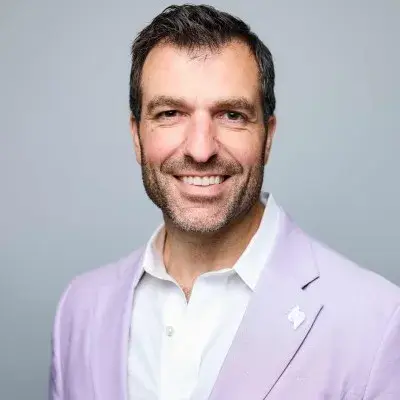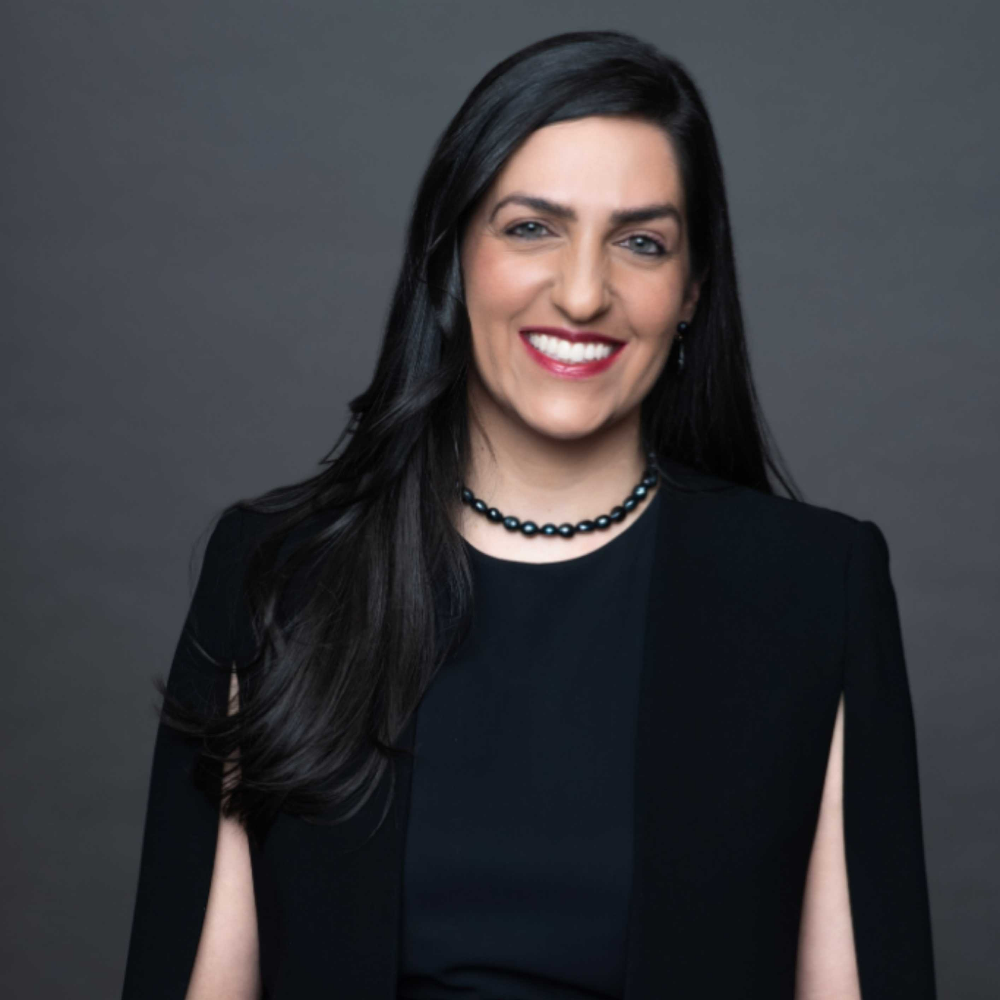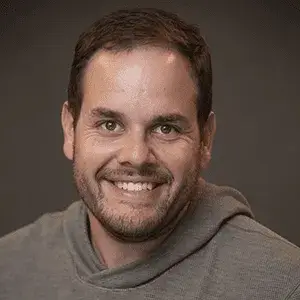Ready to build your own Founder-Led Growth engine? Book a Strategy Call
Frontlines.io | Where B2B Founders Talk GTM.
Strategic Communications Advisory For Visionary Founders
Actionable
Takeaways
Structure POVs to prove quantifiable superiority on one dimension:
Rohan revealed Nightfall benchmarks against Google and Microsoft DLP APIs, demonstrating 10x accuracy improvements during proof-of-value cycles. When challenging mature categories, identify the single metric where you demonstrably outperform and architect evaluations to surface that gap. The key isn't claiming superiority—it's creating controlled comparisons where buyers verify it themselves.
Deploy AI across three workflow layers, not as a monolithic feature:
Nightfall applies AI distinctly at content classification (identifying sensitive data with high precision), behavioral analysis (distinguishing risky data movement from standard workflows), and investigation assistance (helping analysts focus forensic efforts). This creates compounding value and defensibility. Map where AI can reduce friction at multiple decision points in your customer's workflow rather than treating it as a single capability.
Replace field marketing spend with curated CISO access:
Nightfall redirected budget from RSA and Black Hat booths to private suites hosting scheduled executive meetings. Rohan emphasized engaging "chief information security officers who sign the checks" in intimate settings rather than booth traffic. For enterprise sales, calculate cost-per-meeting with economic buyers and reallocate spend accordingly.
Design 8-person dinners as vendor-neutral industry forums:
Nightfall hosts 3-4 annual dinners with 5-7 prospects and 2-3 team members (founders, head of product) structured around industry developments—like OpenAI's agent workflow builder and security implications—not product pitches. The format positions Nightfall as thought leaders while qualifying prospects through discussion quality. Agenda topics, not sales decks, drive conversion.
Hire former practitioners into quota-carrying roles:
Rohan identified hiring former DLP security operations analysts as account executives or solutions architects, mirroring trends in legal tech (hiring lawyers) and HR tech (hiring recruiters). For technical categories with sophisticated buyers, domain fluency in customer-facing roles outweighs traditional sales experience. This isn't solutions engineering—it's putting practitioners in quota-carrying positions.
Use LinkedIn for two narratives: market education and competitive wins:
Rohan posts thought leadership on DLP evolution and AI security implications alongside selective announcements of competitive displacements at enterprise AI companies and top 10 banks. He noted role postings also drive engagement, signaling growth momentum. The pattern: educate on category gaps, prove you're winning deals in those gaps, show team expansion. Avoid pure product promotion.
Leverage AI adoption mandates as your demand generation engine:
Post-ChatGPT, Rohan noted "board mandate and CEO mandate from every company to use as much AI as you can" created new security requirements. Nightfall shifted positioning from "prevent data loss" to "enable AI adoption securely." When macro shifts create executive-level mandates in your category, realign messaging around enabling that mandate rather than preventing its risks.
Challenge category conventions through education, not assertion:
Rather than simply claiming exact data match (EDM) is obsolete, Nightfall explains EDM emerged as a workaround for rules-based approaches' false positive problems—and ML eliminates the need for workarounds entirely. When displacing established practices, reveal why current solutions exist (what problem they patch) before explaining why your approach eliminates the underlying issue.
Conversation
Highlights
How Nightfall AI Benchmarks 10x Higher Than Google and Microsoft in DLP Accuracy
When Rohan left Uber after a series of data breaches, he didn’t just see a product gap—he saw an architectural problem that legacy DLP couldn’t solve.
In a recent episode of Category Visionaries, Rohan Sathe, Co-Founder & CEO of Nightfall AI, explained how experiencing breaches firsthand as a founding Uber engineer revealed why rules-based DLP was fundamentally broken. “We suffered a series of different data breaches. That’s what inspired me to start Nightfall, actually.”
The real story isn’t the product. It’s how Nightfall systematically rebuilt enterprise security GTM from scratch—from conference spend allocation to who carries quota.
The Architectural Problem Legacy DLP Can’t Fix
When Nightfall launched in 2017, the DLP market had a dirty secret: the technology was architecturally complex and produced so many false positives that it was nearly unusable.
“The kind of legacy approach to DLP was riddled with false positives and architecturally very complex,” Rohan explained. “A lot of times you’d be basically taking all of your network traffic and then routing that through somebody else’s data center.”
This created two problems: enterprises were routing sensitive traffic through third-party infrastructure, and security teams were drowning in alerts they couldn’t action. The industry’s workaround—exact data match (EDM)—was itself a symptom of the deeper issue.
Three Distinct AI Layers That Compound Value
Most security vendors slapped “AI-powered” on existing products post-ChatGPT. Nightfall’s been an AI company since 2017, deploying ML across three separate workflow stages.
- First layer: content classification. “One is actually doing content classification, so telling you that content is very sensitive and doing that with high precision,” Rohan said.
- Second layer: behavioral risk scoring. “The second is telling you that yes, this movement of data that has led to data loss is indeed something that is risky to the business and not just a standard workflow that you would expect out of your employees.”
- Third layer: forensic investigation. “The third is when you are, as a security analyst, investigating some of the incidents that we surface in our platform, you could use an agent as well to help you refine some of your forensics or focus on the things that are most important.”
This creates defensibility. Competitors adding AI to classification still face the false positive problem at layers two and three.
How ChatGPT Created a New Buying Trigger
For five years, Nightfall sold “applied AI” to skeptical buyers. “I think as an applied AI company back then, the power of AI maybe wasn’t as clear to folks. They thought it was just like an incremental thing.”
November 2022 changed everything. “Certainly with the advent of like, large language models, like, we’ve seen kind of the value of AI at least being very clear to almost every organization. There’s a board mandate and CEO mandate probably at this point from every company to say, use as much AI as you can.”
The mandate created urgency, but also a control problem. Nightfall repositioned entirely: “We’re no longer a company that’s telling, you know, when somebody deploys their software and they’re not saying, hey, no, don’t do this, it’s actually, hey, yes, we want to enable AI within the organization and security is going to kind of help do that.”
This positioning shift—from prevention to enablement—aligned Nightfall with what executives wanted rather than fighting it.
Redirecting $200K Booth Spend to Executive Suites
Most security companies measure conference ROI by booth traffic and badge scans. Rohan saw the math differently.
“For the big conferences like RSA and Black Hat, you know, the value for us is more meeting our customers and then potentially setting up meetings with prospects,” he explained. “So we actually don’t spend a ton of money on the Booths and stuff like that. Instead, what we do is we actually have suites where we host meetings and we make those meetings very appealing.”
The strategic insight: booth presence creates volume, but suite meetings create access to “chief information security officers who are the folks that sign the checks ultimately.”
For smaller conferences, Nightfall focuses differently: “We found most value comes from conferences where they’re one to one interactions with like executive buyers.”
This isn’t about brand visibility—it’s about direct access to economic buyers in controlled environments.
The 8-Person Dinner Structure That Qualifies and Educates
Nightfall hosts 3-4 annual dinners with precise composition: “We try to keep it to 8ish. I think that’s kind of the sweet spot. 8 to 10. We’ve got maybe about two or three attendees from our side.”
Who attends from Nightfall matters: “Typically we keep that contained to founders or, you know, like our head of product, for example. So people that are very technical that can have engaging kind of discussion and insightful discussion with some of our prospects.”
The format isn’t networking—it’s structured education. “We just talk about some of the latest releases from AI companies and, you know, what are the implications of that from a security standpoint.”
Rohan emphasized the critical element: “Nobody wants to be at a dinner where you’re just getting pitched to by company. But it’s like dictating exactly kind of the discussion that we’re going to have and making the topic, like, interesting.”
This positions Nightfall as thought leaders while simultaneously qualifying prospects through their engagement quality in technical discussions.
Hiring DLP Analysts as Quota-Carrying AEs
Nightfall’s most contrarian move: putting domain practitioners in sales roles, not just pre-sales support.
“If you can hire practitioners, in our case former DLP security operations analysts to be part of the deal cycle in some way, be it an actual AE or be it a solutions architect or something,” Rohan said, “then seeing kind of a trend there as well.”
This matches patterns in other technical categories: “In other fields, if you’re selling legal tech, you hire an actual lawyer to be a sales rep or to be a solutions engineer, or if you’re an HR tech, you hire actual recruiters to sell your product.”
For sophisticated CISO buyers, domain credibility in the quota-carrier role changes deal dynamics entirely.
Educational Displacement: Why Workarounds Exist Before Why They’re Wrong
Challenging entrenched practices requires explaining the problem current solutions solve before showing your approach eliminates it.
Take exact data match, a standard DLP technique. Instead of dismissing it, Rohan educates: “The reason that exists is because the old rules based approaches have been so problematic that they needed to find a crutch that maybe helped companies out a little bit better. But instead actually with the ML kind of based approach, you can do something that’s a lot more powerful.”
This framing helps buyers understand EDM emerged as a workaround for false positives, then shows ML eliminates the underlying issue requiring the workaround.
Benchmarking 10x Accuracy Against Google and Microsoft
All the GTM sophistication means nothing without provable differentiation. Nightfall’s POV structure surfaces the gap.
“We benchmark that with some of the bigger players. So we have benchmarks that we use against like the big DLP kind of API players at Google and Microsoft and stuff like that,” Rohan explained.
The claimed improvement: “If we can demonstrate that our accuracy is indeed 10x higher than kind of the rules based approach that goes a long way.”
Critical insight: “The proof is in the pudding when somebody runs a POV and that’s where we really try to make our case.”
The 10x claim isn’t marketing—it’s a measurable outcome prospects verify themselves in controlled evaluations.
Mid-Market to Enterprise Through Practitioner Word-of-Mouth
Nightfall started mid-market and is moving upmarket, but not through traditional enterprise sales expansion.
“We started kind of in that mid market segment and we’ve been, you know, slowly inching our way more and more upmarket as the product adoption has started to take off,” Rohan said.
The expansion mechanism: “Organically through word of mouth, it’s like peers kind of tell other peers who happen to work at big companies, hey, might be using this legacy DLP, but you should definitely check out Nightfall. They have a different take on DLP.”
This validates investing in product differentiation and practitioner credibility over enterprise sales machinery. When security analysts become advocates, enterprise opportunities surface naturally.
LinkedIn Strategy: Market Education Plus Selective Proof Points
Rohan’s LinkedIn presence mixes two content types deliberately.
- First, thought leadership: “I talk a lot about sort of the DLP problem and again it’s not necessarily like hey Nightfall, is this the best. It’s more of like here’s the old world, here’s what you can do with the new world and all of the AI technology that’s out there and then talking about some of the risks that are introduced with AI applications.”
- Second, competitive displacement: “I talk a lot about some of the customer and prospect wins that we have too because I want to people to understand like how we’re beating some of our competition, what those dimensions might be.”
Recent high-engagement posts: “We had one where we announced that we’d beat one of our competitors as a big AI company, enterprise AI company. And then we had one where we just closed as the top 10 bank.”
Unexpected finding: “Funny enough, a lot of the role position posts that I make also gain a lot of excitement, which probably means that people recognize Nightfall as a brand and are excited about some of the growth that we’re having from a headcount perspective.”
The pattern: educate on gaps, prove you’re winning in those gaps, signal momentum through hiring.
Rethinking SaaS Sales Capacity Planning
Rohan’s questioning fundamental assumptions about sales team scaling: “There has kind of been a traditional model with SaaS companies, right. Where you know, usually you’re raising a lot of capital and then when you get that kind of explosion of capital, you know, there’s certain growth expectations.”
- The old model: “You got to hire a bunch of sales reps to kind of meet the capacity and then 80% of them will hit quota. And so you kind of do the math and you’re like, that’s how big of a sales team I need.”
- His contrarian take: “I just don’t know if that makes a lot of sense, especially in this kind of AI driven world where you can get a lot more efficiencies from, you know, individuals.”
- The new question: “Thinking through what is indeed kind of the right size team that we need to go and hit the revenue milestones that we forecasted and then what are ways we can kind of leverage technology to make things more automated or efficient.”
- This matters for founders: the traditional sales capacity model may no longer hold in technical categories with sophisticated buyers.
The Five-Year Displacement Vision
Rohan’s vision is straightforward: “For us it’s displaced a lot of the legacy DLP companies with kind of this AI native or agentic kind of DLP approach.”
But the bigger positioning opportunity: “Companies really look to us as they think about the implications of on corporate security or the employee base on leveraging AI and so we are an enabler to an organization to embrace AI.”
The shift from “security says no” to “security enables adoption” positions Nightfall as the layer that unlocks board-level AI mandates rather than blocking them.
As AI embeds across enterprise workflows, being the security enabler—not the security blocker—could matter more than technical superiority alone.


